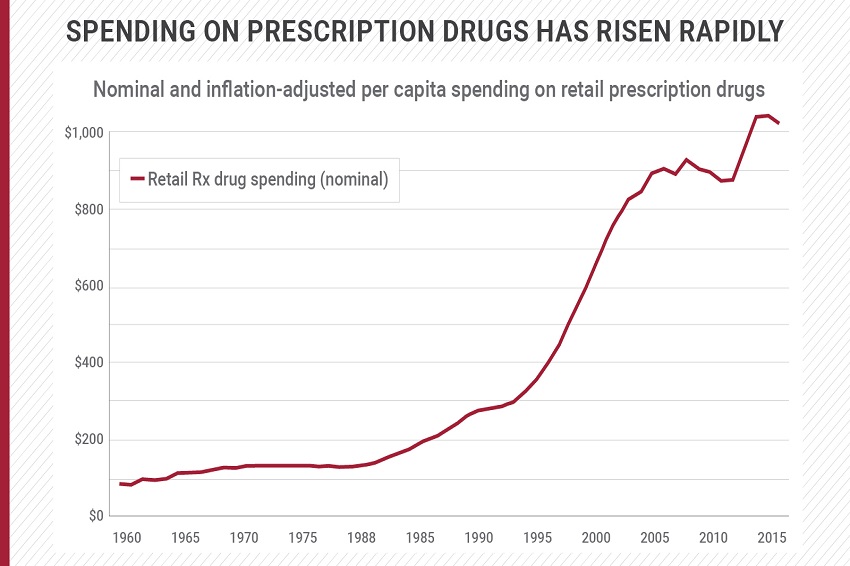
Introduction
The cost of medications in the United States has been a topic of significant debate and concern over the past few decades. The rising prices of prescription drugs have had a profound impact on patients, healthcare providers, and the overall healthcare system. This article examines the trends in medication prices in the USA, exploring the factors driving these changes and their implications.
Historical Trends
Over the last few decades, the prices of prescription medications in the United States have consistently risen at a rate faster than inflation. According to various studies and reports, the cost of brand-name drugs has increased significantly, with some medications seeing price hikes of over 100% within a few years. This trend has placed a financial burden on patients, particularly those with chronic conditions requiring ongoing medication.
Factors Driving Price Increases
Research and Development Costs
One of the primary factors cited for the high cost of medications is the expense associated with research and development (R&D). Pharmaceutical companies invest billions of dollars in the discovery, testing, and approval of new drugs. These costs are often passed on to consumers in the form of higher prices. However, critics argue that the pricing strategies are not always justified by R&D expenses alone.
Patent Protection and Market Exclusivity
Patent protection allows pharmaceutical companies to maintain market exclusivity for a certain period, preventing generic competition. During this time, companies can set high prices without competition. Once patents expire, generic versions typically enter the market, driving prices down. However, the period of exclusivity can last many years, prolonging the time consumers pay higher prices.
Regulatory and Market Dynamics
The regulatory environment and market dynamics in the USA also contribute to high medication prices. Unlike many other countries, the U.S. government does not directly regulate drug prices. Instead, prices are negotiated between pharmaceutical companies, insurers, and pharmacy benefit managers. This complex system often results in higher prices for consumers.
Specialty Medications
The rise of specialty medications, which are used to treat complex and rare conditions, has also contributed to increasing drug costs. These medications are often more expensive to develop and manufacture, leading to higher prices. The demand for specialty drugs has grown, further driving up overall medication expenditures.
Recent Trends and Future Outlook
In recent years, there has been growing political and public pressure to address the issue of high drug prices. Several measures have been proposed and implemented to curb costs, including efforts to increase price transparency, promote the use of generics and biosimilars, and allow the importation of cheaper drugs from other countries.
Furthermore, advancements in technology and personalized medicine hold the potential to impact drug pricing. While these innovations promise more effective treatments, they may also come with higher costs. Balancing innovation with affordability will be a key challenge moving forward.
Conclusion
The trend of rising medication prices in the United States is a multifaceted issue influenced by various economic, regulatory, and market factors. While efforts are being made to address these challenges, finding a sustainable solution that ensures both access to necessary medications and the continued innovation in drug development remains a complex task. As the healthcare landscape evolves, it will be crucial to monitor these trends and implement policies that balance affordability with the need for medical advancements.






Leave a Reply
Your email address will not be published. Required fields are marked *